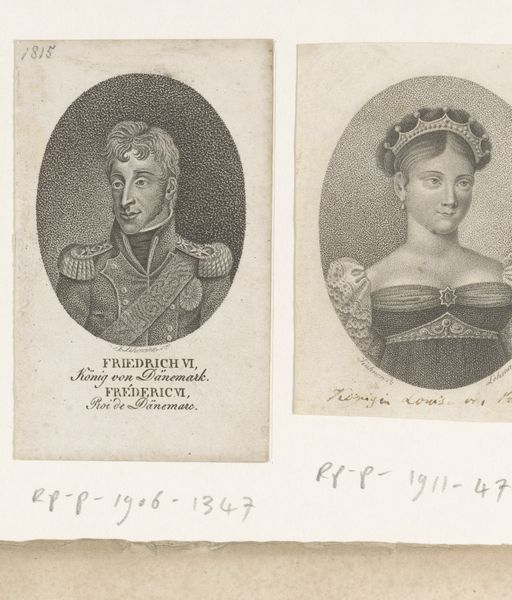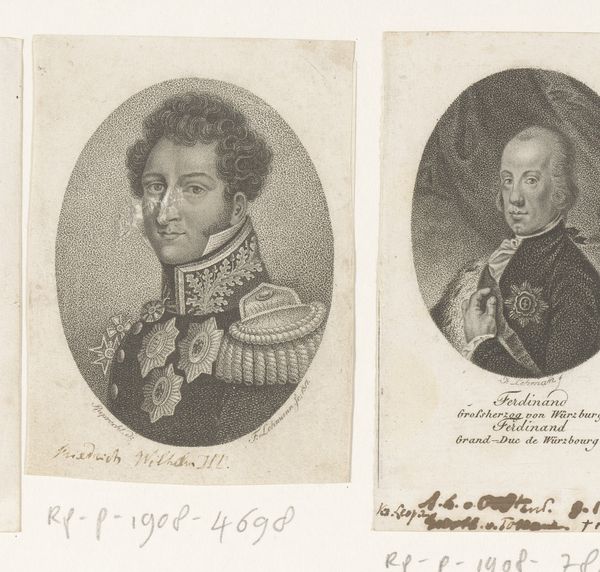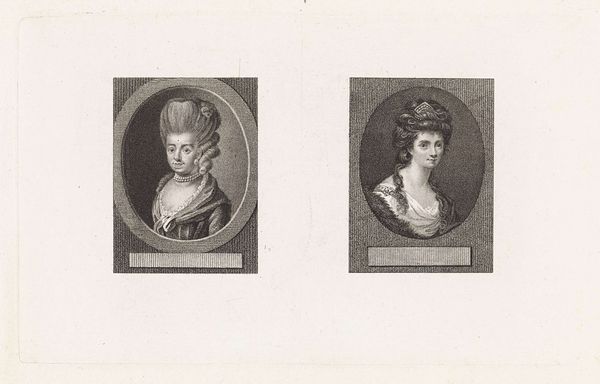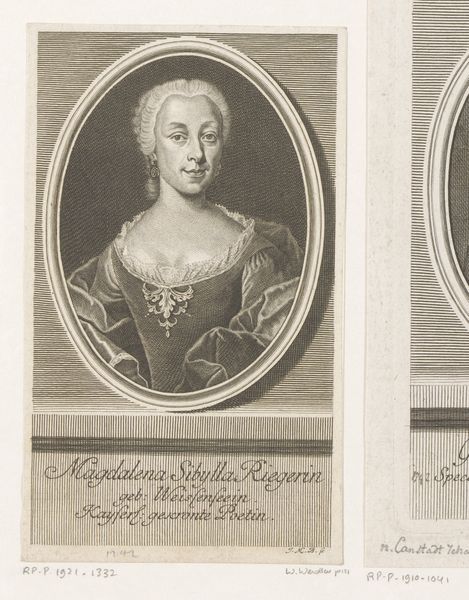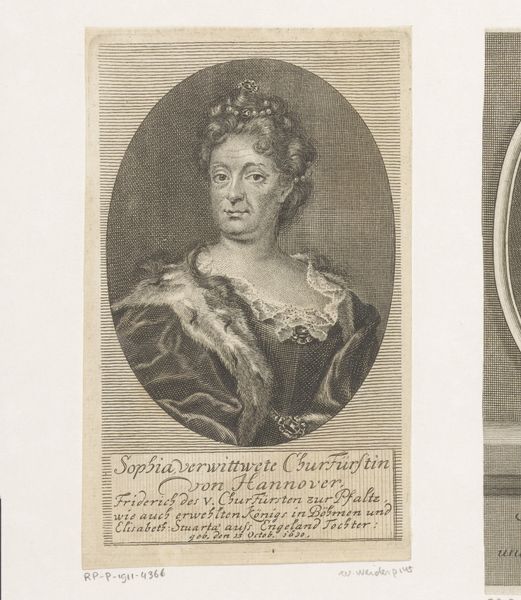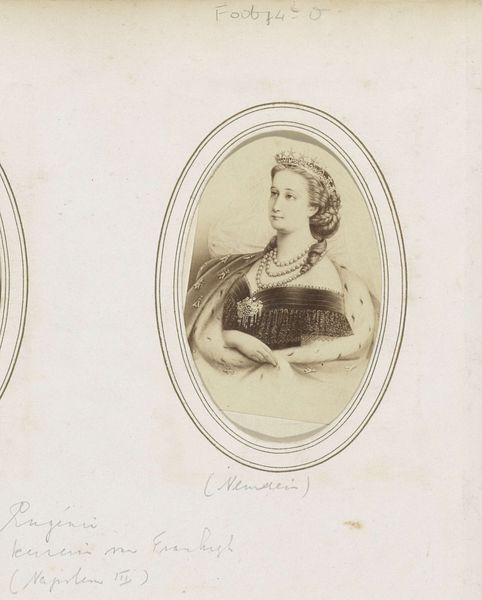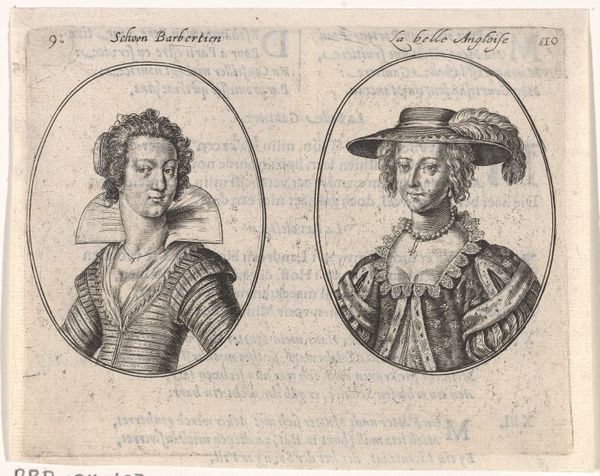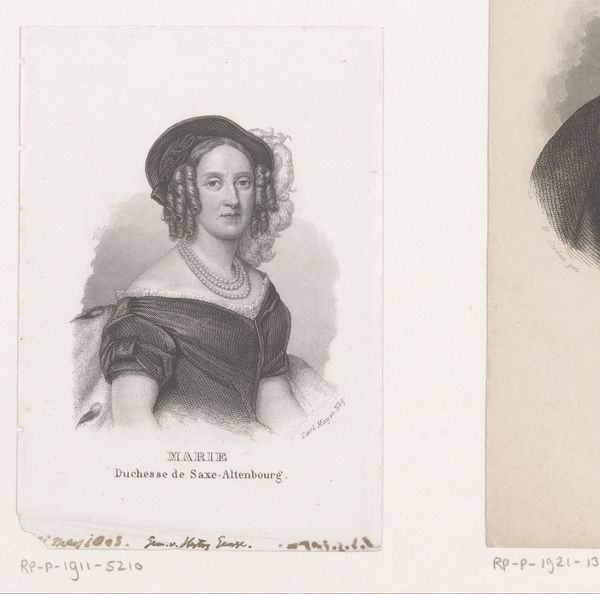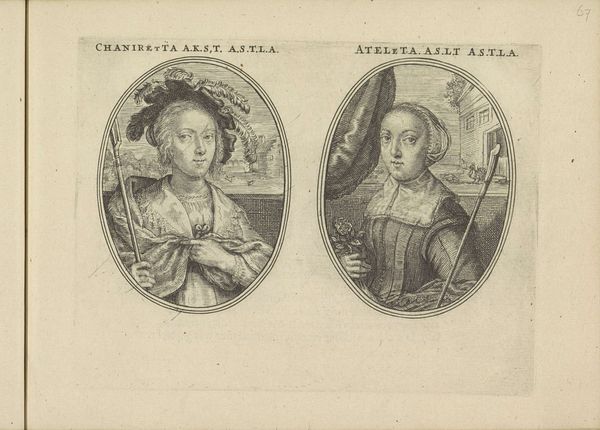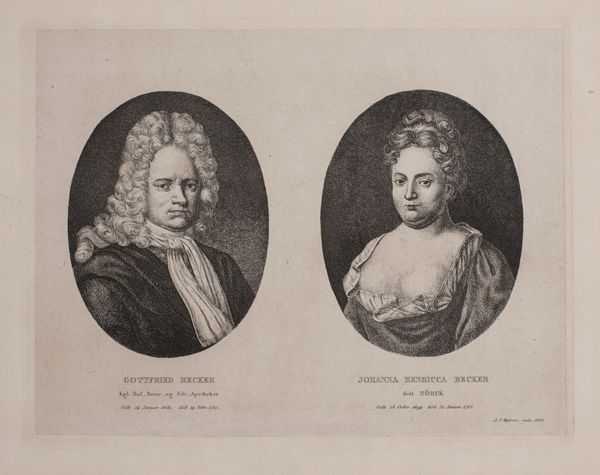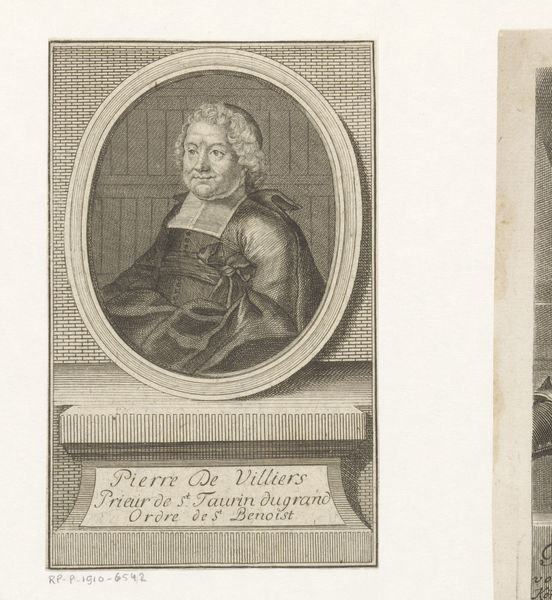
drawing, paper, ink, engraving
#
portrait
#
drawing
#
neoclacissism
#
paper
#
ink
#
academic-art
#
engraving
Dimensions: height 104 mm, width 64 mm
Copyright: Rijks Museum: Open Domain
Curator: This drawing, housed here at the Rijksmuseum, captures the likeness of Ludwig II, Grand Duke of Hesse. Created by Friedrich Leonhard Lehmann somewhere between 1797 and 1886, it is rendered in ink using engraving techniques on paper. Editor: It’s immediately striking how formally posed the portrait is; there is a real attempt to show the power and stature of this figure. There's also something inherently inaccessible about it; I wonder how much of that rigidity comes from the subject, or the context of production. Curator: As a member of the ruling class, Ludwig’s image was inherently tied to statecraft. Portraits like these helped solidify their legitimacy within shifting political landscapes. Think about how this period was marked by revolution and the rise of republican ideals. Displaying authority becomes crucial. Editor: Exactly. His elaborate uniform isn’t just clothing; it's a declaration of power, visibly establishing his position within the rigid social hierarchies of the time. Are we meant to be in awe, or just reminded of his supreme privilege? Curator: His expression, or perhaps more aptly, the lack of any real expression, echoes this formality. Neoclassical art favored idealized forms and controlled emotions to express reason and order, critical attributes of governance. We’re seeing that very explicitly here. Editor: But don’t you find this controlled, almost vacant, gaze rather unsettling? The power structures he represents are inseparable from class divisions and inequalities. We cannot simply overlook the social realities underpinning such formality, especially the absence of any visible agency from the working class and their depiction in art of this time. Curator: Your reading is astute. It speaks volumes about how we interpret images over time. Once instruments of political branding, portraits like these now provide valuable insights into the history of power dynamics. It prompts us to examine how artistic conventions uphold particular ideologies. Editor: Absolutely. Engaging with artwork like this compels us to question and challenge how systems of power manifest visually and perpetuate social inequalities, it allows for important questions about representation, visibility, and social justice. It also provides a lens into the structures shaping identity, status, and the very idea of who gets to be memorialized.
Comments
No comments
Be the first to comment and join the conversation on the ultimate creative platform.
